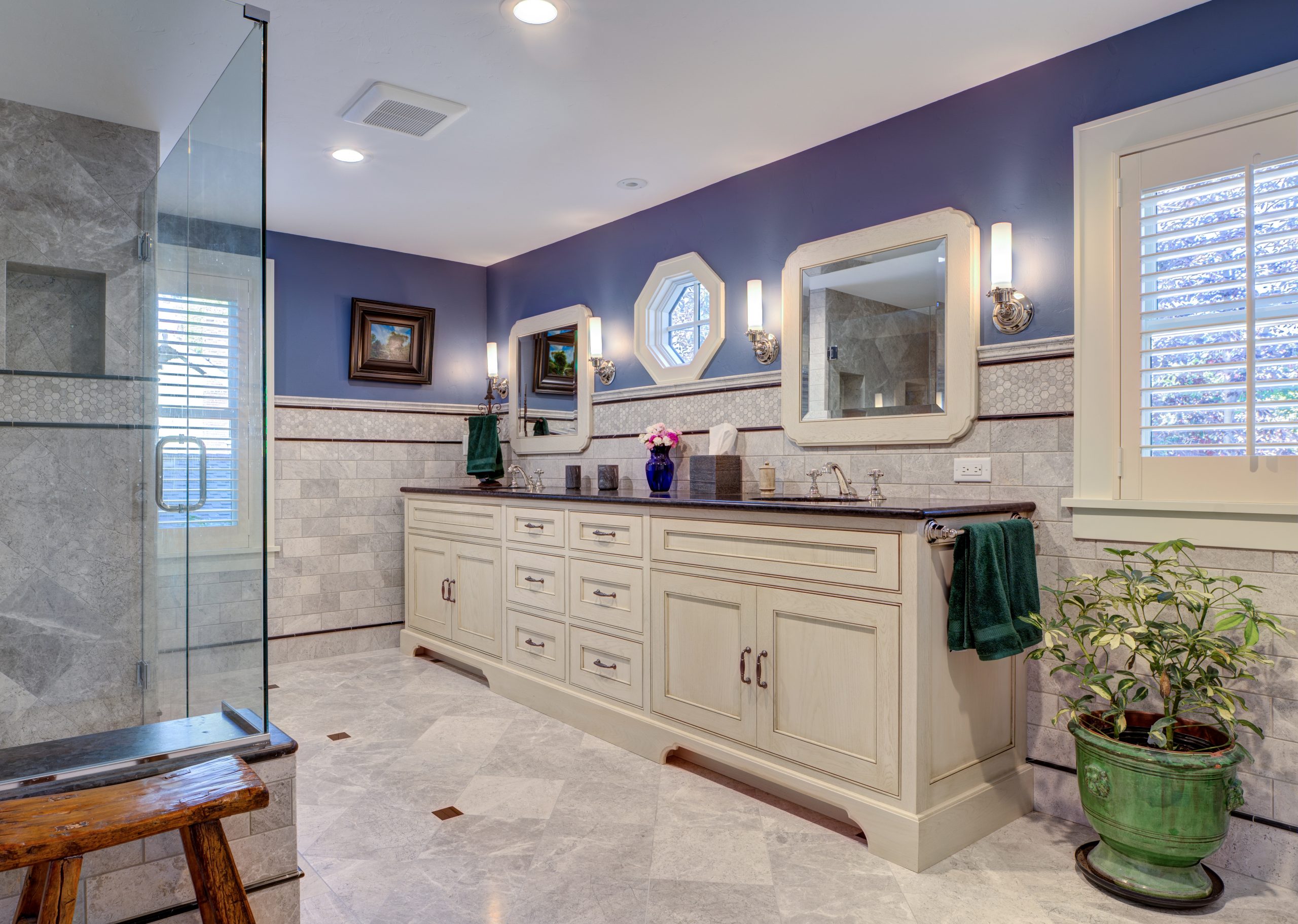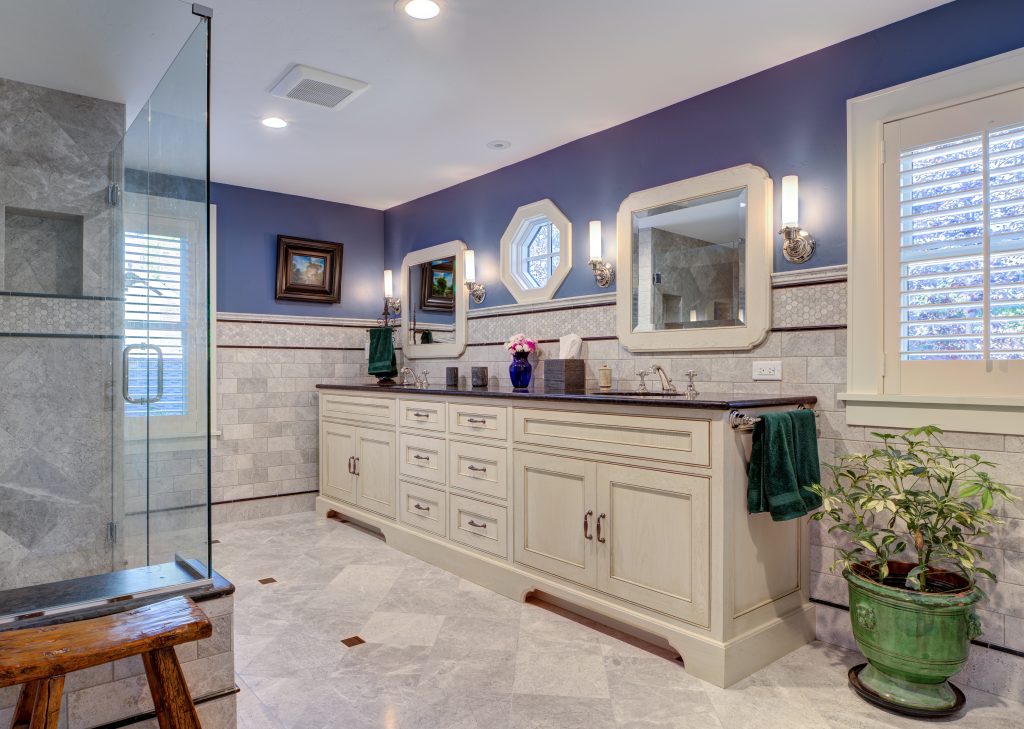
Flooring Over Radiant Floor Heating Systems
Best Types of Flooring for Radiant Floor Heating
Oregon homeowners are rapidly moving to radiant floor heating as an addition to traditional HVAC heating for their homes. As more homeowners seek to improve their property value, the energy-efficiency of their home, and the overall appeal for resale value, installing radiant floor heating during your new build or remodel is a no-brainer for most homeowners. So, the next step is a review of the best types of floor coverings to maximize the efficiency of a radiant floor heating system.
Ceramic and porcelain tile is by far the most popular choice as a way to transmit thermal energy from your radiant floor heating system to the room above. The physical properties of ceramic and porcelain tile are ideal for the transfer of heat and retention of thermal energy (heat) to warm the air above the floors. Once the tiles are heated, they retain heat, creating uniform and consistent radiation of heat from the tiles to the air above, and convection of the warmer air upward and cooler air down to the warm tiles below. This cycle helps to create the uniform warmth throughout the room that makes radiant floor heating so desirable. Ceramic and porcelain tiles can be heated up to 84 degrees, making them ideal for homes and offices.
Natural stone flooring, like granite and marble, is another great choice for use with radiant floor heating because natural stones firstly absorb and then retain heat, making them comfortable for contact with cold feet. Additionally, natural stones also transfer (radiate) heat to the air above, creating convection currents that disperse heat throughout the entire room. The general rule is the more dense a stone, the more heat energy it will absorb and retain.
Carpeting can be installed over radiant floor heating but, because carpeting is naturally an insulator, the air in the room will not heat via convection currents as efficiently as with stone or tile flooring. The carpeting will be nice and warm, comfortable for pets to sleep on, and remain heated for long periods of time without the need for additional heat, but the room will not experience the same warming effect as almost all heat is retained entirely in the carpeting fibers and padding. Interior rooms with no exterior doorways or windows would be good choices for carpeting over radiant floor heating.
Natural wood over radiant floor heating systems is appealing to many Oregon homeowners as the aesthetic of wood matches rustic, reclaimed, “woodsy,” or industrial interior designs that are all popular right now. However, one important consideration is the ability of the radiant floor heating system to heat the wood sufficiently to create thermal radiation, but not so hot as to damage the wood or make the floors uncomfortable to walk over. Depending on the type of natural wood installed, a supplemental humidity control system may be necessary to maintain the health and integrity of the wood as it is alternately heated and cooled throughout the winter months. Also, natural wood species each have their own “dimensional stability,” and therefore their own pros, cons and lifespan. There’s a good article on Hardwood Floors Magazine website that details the benefits and considerations of natural wood over radiant floor heating systems.

Contact the pros at Montgomery Remodeling and Restoration today to learn more about your options when installing radiant floor heating. They will help you determine the best type of system for your home, and the best type of flooring that will match your design and lifestyle.



Sorry, the comment form is closed at this time.